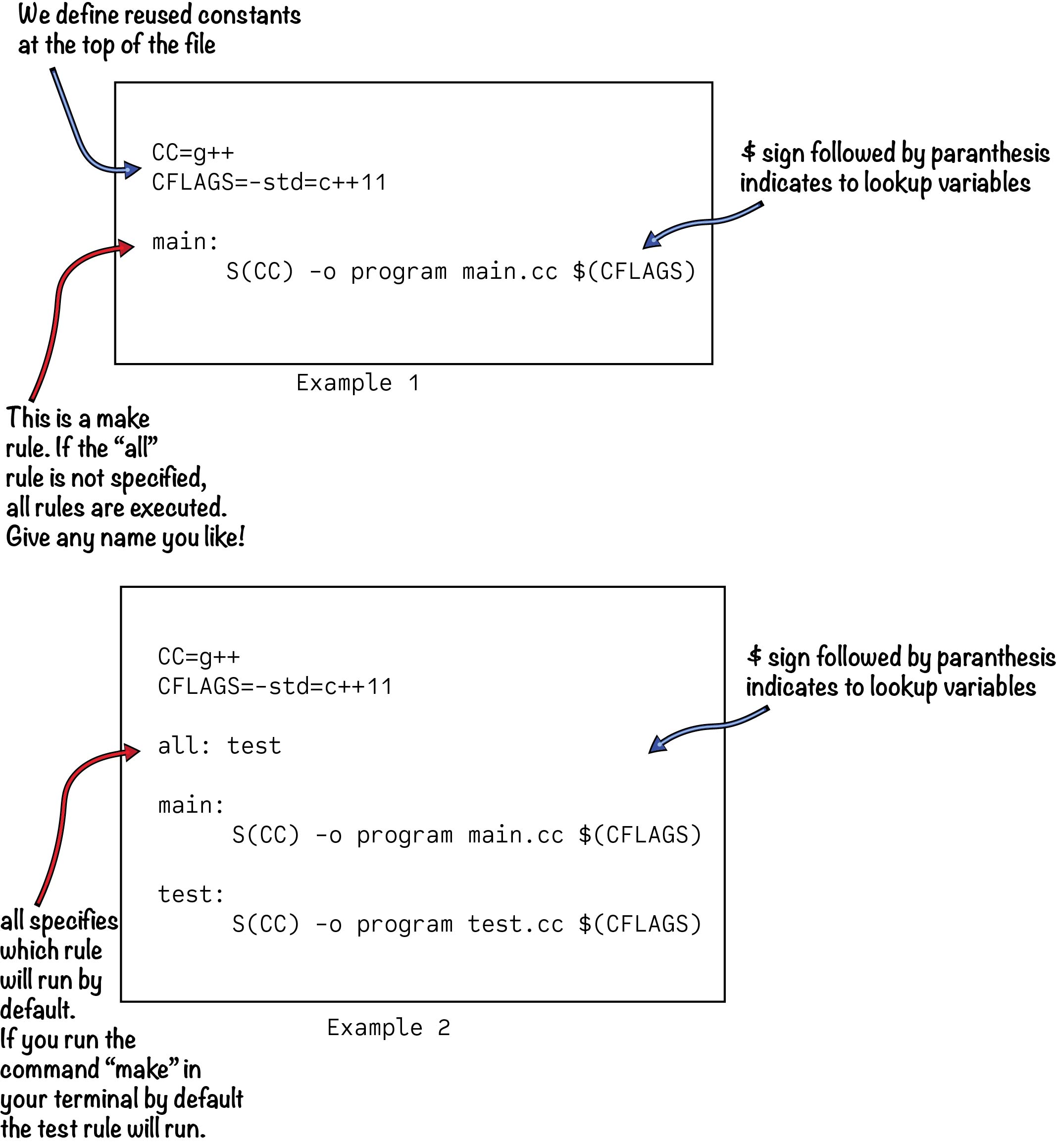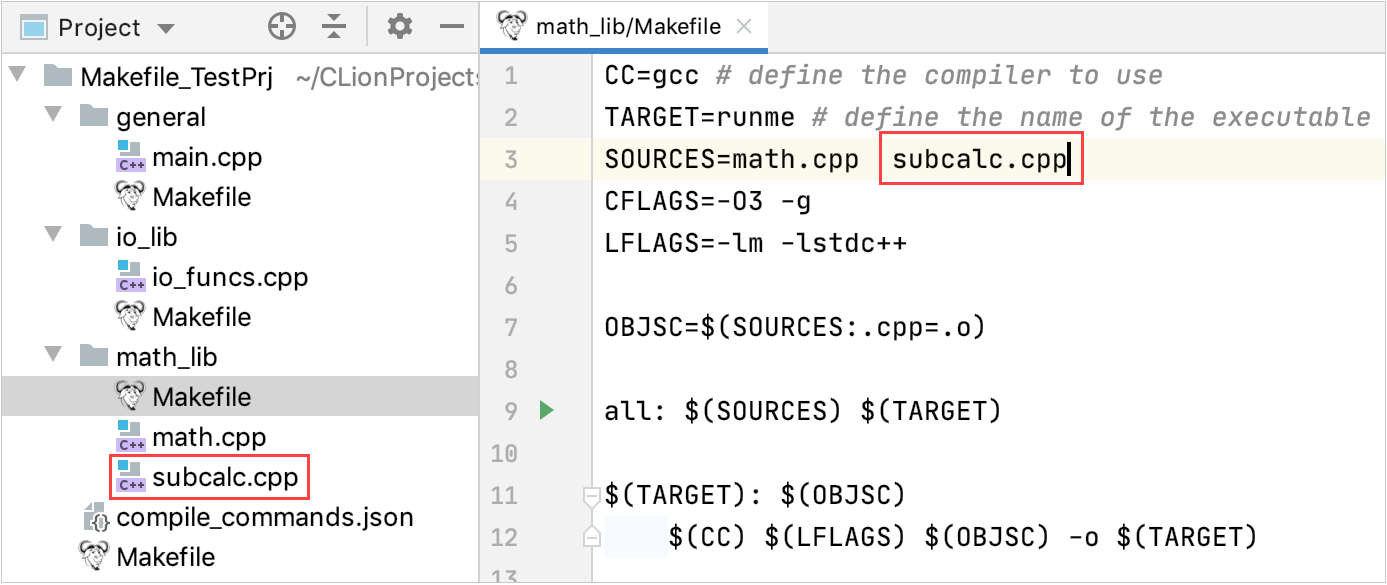

It can be any of existing PMU driver: perf or oprofile (older pmu access tool), or it can be some custom kernel module which will enable user-space access to PMU registers. To enable access from user-space, some work should be done in kernel mode. You can't just use assembly instructions in user space code to use them, and only result you will get is SIGSEGV or other variant of permission denied. */Īsm volatile("msr pmcntenset_el0, %0" : : "r" (ARMV8_PMCNTENSET_EL0_ENABLE)) Īsm volatile("mrs %0, pmcr_el0" : "=r" (val)) Īsm volatile("msr pmcr_el0, %0" : : "r" (val|ARMV8_PMCR_E)) īut performance counters are privileged part of system, by default they are only accessible from kernel mode. Can also enable other event counters here. * Performance Monitors Count Enable Set register bit 30:0 disable, 31 enable.

*/Īsm volatile("msr pmuserenr_el0, %0" : : "r"((u64)ARMV8_PMUSERENR_EN_EL0|ARMV8_PMUSERENR_ER|ARMV8_PMUSERENR_CR)) Below is the code to set PMU register PMUSERENR_EL0 to enable user-mode access. So the first thing is to create a kernel module to enable user-mode access to PMU counters.

There are some examples of direct PMU performance counters usage on ARM, for exampleĪrmv8: (PMU)-of-64-bit-ARMv8-A-in-Linux.html ARMv7 instructions to access performance counters directly from assembly language


 0 kommentar(er)
0 kommentar(er)
